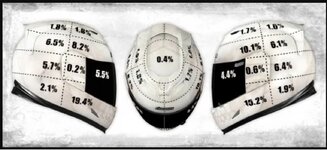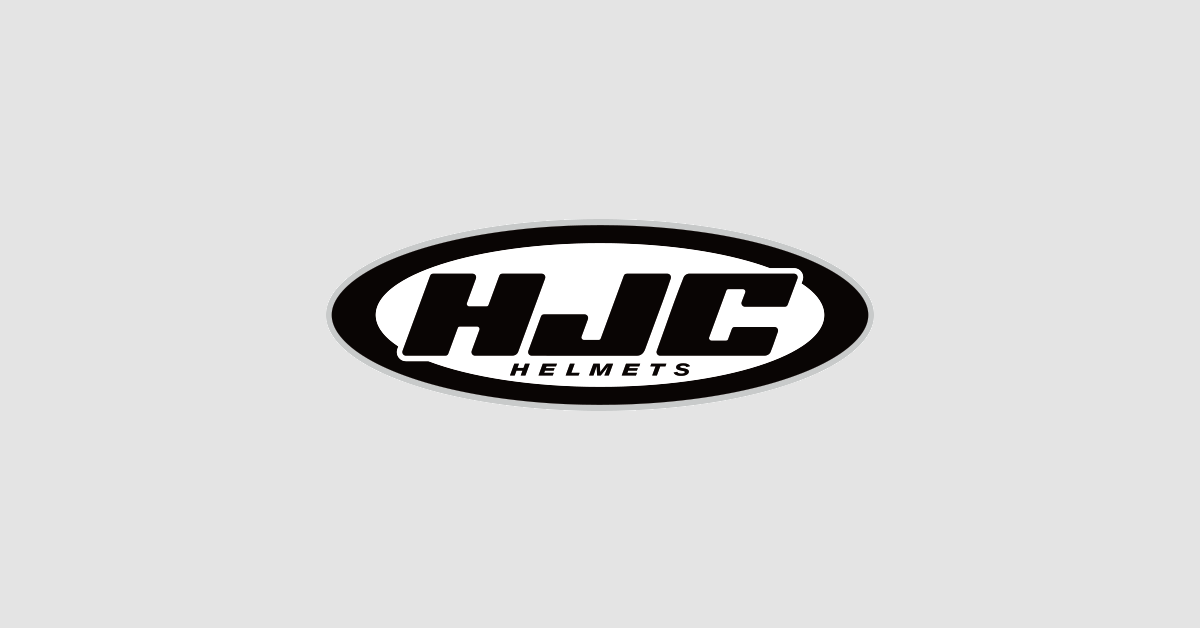But, warranties don't start until the date of purchase.
Helmet warranties can vary, just like everything else. I have been dealing in Arai helmets since 1998. Their warranty is 5 years from the date of purchase, up to a total of 7 years. So if you purchase a brand new Arai helmet that is up to 2 years from manufacture, then you get the full 5 year warranty. If you purchase it 3 years from manufacture date, you get 4 years warranty, and so on.
This only applies if you purchase from an authorized Arai dealer. If not, you get no warranty coverage at all. Also, if you purchase an Asian or European region Arai helmet, you get no warranty. For example, if you purchase from Japan (where they are made) or anywhere outside of North America. Even if they are an authorized dealer, your warranty is void.
I don't think too many who run their helmets past 5 years are going to respond here. But I can tell you from experience, many wear their helmets well beyond the 5 year replacement period. I am one of those. But I don't say it much because I don't want to influence anyone else to do it. Not that I think it's dangerous under certain conditions. But because it goes against a grain that I don't want to counter for others.
Reasonable service life has a great deal to do with the quality of the helmet build and materials. I wouldn't wear a cheap helmet at all, much less go 5 years on it.
Interior padding is nearly 100% designed for comfort, and offers almost 0% for protection in an accident. It is the crush absorbing properties of the Styrofoam inner shell and the hard outside shell that give you this. These do not deteriorate much with a quality build having suffered no impact or other mistreatment.
The more important factors are fitment and build quality (which frankly, most either ignore or just don't understand). For example, it will do you little good to purchase a brand new helmet that won't stay on your head in an accident. Yet study after study reveals that around 70% of riders are wearing a helmet at least 1 size too large (for comfort, they say). To be blunt, that helmet may well leave you before you hit the ground.
It's been covered before that a 3/4 helmet leaves the most likely areas of impact exposed and unprotected. As you can see, about 35% of likely strike points are left exposed.

As you can see, if protection is your primary concern, the 5 year replacement interval is far from the top of the list.
I get it. People want to buy a comfortable helmet, believe they are protected, and leave it there. If you talk to people, virtually all of them will tell you they are wearing a properly sized and shaped helmet. So, where are the 70% who are not?


